Projects
Supporting innovative, cutting edge ideas, the Research Innovation Fund (RIF) provides seed grants for cross-college collaborative projects.
How do I apply?
Project Description
Media
Filters
- Project Types
- All
- Animal Health
- Aquaculture
- Automation and Robotics
- communities
- Communities/Farmers/Relations
- Computational Modeling
- Controlled Environment Agriculture
- Crop Production
- Dairy/Livestock Production
- Data Integration and Processing
- Farmers
- Farmers, Communities, Relationships
- Food Safety
- International Agriculture
- Iot and Networks
- Machine learning
- Machine Learning
- Plant Breeding
- relations
- Sensing Technology
- Soil
- Trustworthy AI
- Years
- Project Creators
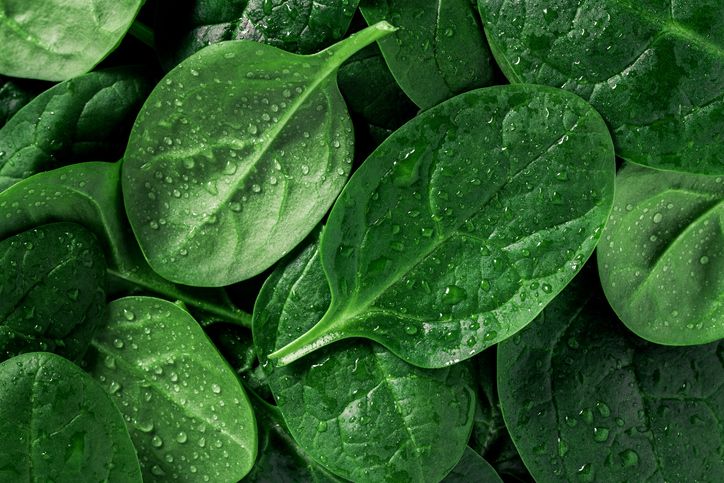
Microbiome-Informed Computational Models and Decision Support Tools to Predict Fresh Produce Spoilage: Spinach as a Model System
Microbial food spoilage is a significant economic, environmental and societal problem: 40% of food in the US is reported to go to waste, with 2/3 of this spoilage being estimated to result from unwanted microbial growth. The goal of this project is to develop a computational model of microbiome interactions and perturbations during processing, transportation and retail for predicting shelf life of fresh spinach. Prediction of food spoilage in the food industry to date is typically based on limited laboratory experiments and shelf-life studies conducted under a single or very few conditions. Actual product however is produced and distributed under a range of very different conditions throughout the supply chain. Hence, there is a need for transformative solutions to reduce food waste using a systems approach, in which innovative technologies are integrated across each stage of the supply chain to reduce the volume of food wasted. In this study, we will construct computational models and decision support tools to predict shelf life using both classical microbiological and metagenomics data. This work will serve as a basis to later develop and pilot transformational strategies to reduce food waste through more accurate shelf-life prediction.
Martin Wiedmann (CALS), Renata Ivanek Miojevic (CVM)
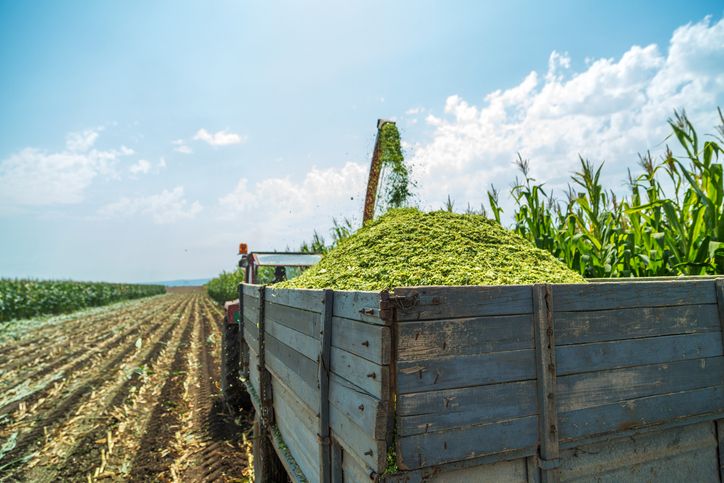
Spectral Prediction of Deoxynivalenol (DON) in Maize Grain, Rachis Tissue, and Silage
Deoxynivalenol (DON) is a secondary metabolite or mycotoxin produced by Fusarium molds. DON contamination in maize poses a major threat to food and feed safety. Conventional detection of mycotoxins involves time and resource-intensive chemical assays. Inexpensive and non-destructive methods for detecting DON based on the spectral properties of grain have shown promising success at various prediction tasks. Grain-based models, however, may not be effective for assessing silage, which consists of mixed maize tissues. Available evidence suggests that the maize rachis can harbor much more DON than grain, but rachis tissues have not been included in spectral models for DON detection. Models that leverage spectral data from both grain and rachis tissue could enable cost-effective DON surveillance in maize silage. To assess the extent of this applicability, we will acquire diverse silage samples from local dairy farms. This model’s performance will suggest how specific our rachis and grain wavelengths are to DON in general, and in turn, how applicable they may be to silage samples.
Chloe Siegel (GR-CALS), Primary Advisor: Rebecca Nelson (CALS), Secondary Advisor: Daryl Nydam (CVM)

Control of Multidrug-Resistant Salmonella Dublin in Heifer-Raising Operations Through Integration of Mathematical Modeling and Economics Approaches
Multi-drug resistant (MDR) Salmonella dublin is an emerging zoonotic pathogen capable of causing severe disease in humans and is also a major concern to dairy cattle operations worldwide, including in New York State. Current gaps in the understanding of the transmission dynamics of MDR S. dublin and the economic feasibility of different mitigation strategies severely challenge the ability of dairy farmers to make informed decisions about cost-effective approaches to safeguard their production. This project proposes to develop a decision support tool that assesses MDR S. dublin control strategies based on integrated mathematical modeling and economic analysis approaches. Based on the results, a web-based interface will be designed to provide model simulation and planning of S. dublin mitigation strategies.
Sebastian Llanos Soto (GR-CVM), Primary Advisor: Renata Ivanek (CVM), Secondary Advisor: Martin Wiedmann (CALS), Tertiary Advisor: Aaron Adalja (SHA)
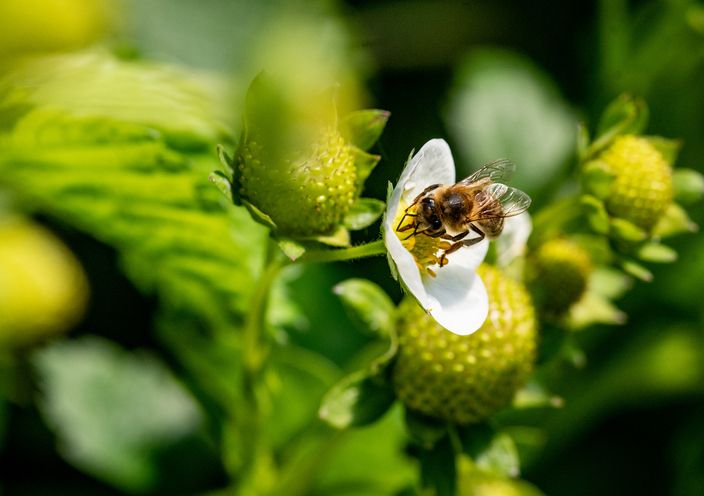
Automated Monitoring of Strawberry Pollination
The world’s food security is highly dependent on pollinators with bees being primary members of that community. Bees are declining at an alarming rate due to several factors including use of pesticides and disease. This decline has made pollination via drone an appealing alternative. Initial studies on drones’ effectiveness to pollinate strawberry plants has proved inconclusive. This work helps develop additional field experiments to validate current data as well as how this data can be employed in an open-source format. Using automated entrance monitors, solar-powered acoustic sensors, and computer programs that use the size, symmetry, and color of the strawberries to create models. The technology developed for this study can help pollinator focused researchers in the future as they explore methods for monitoring the entrance of a hive, understanding the consequences of pollinator interactions with strawberry plants, and the use of acoustic monitors in a field to measure the presence of wild bees as well as other pollinators.
Tallisker Weiss (UG-CALS); Kirstin Petersen (COE); Scott McArt (CALS)
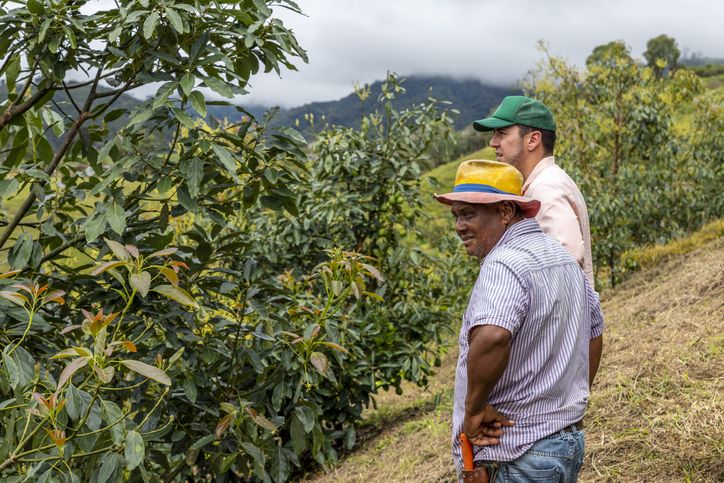
Emerging Digital Phenotyping Technologies in Colombia and Prospects for Social Impact
The goal for this project is to conduct interdisciplinary research to learn about the values that inform digital phenotyping technology development and the actors that are likely to benefit through examining a case study of plant breeders at the Alliance of Bioversity International and the International Center for Tropical Agriculture (CIAT) in Colombia. The Alliance is part of the Consultative Group for International Agricultural Research (CGIAR) and continues to play an important role in promoting Green Revolution technologies across the Global South. Digital phenotyping technologies are increasingly used to generate specific information on crops to aid plant breeders in finding and developing optimal varieties. Nevertheless, research suggests that the increased adoption of high-yielding, hybrid seeds during the Green Revolution concurred with the standardization of farms and the promotion of industrial monocultures.
Lara Roeven (GR-CALS); Steven Wolf (CALS); Phoebe Sengers (CIS/CAS)
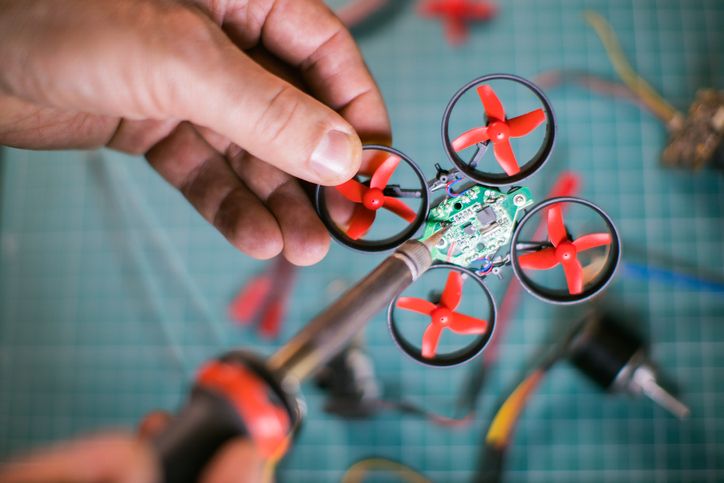
Berry Construction
Tackling high throughput plant phenotyping, the Berry Construction project aims to bridge the quality advantages of structured laboratory 3D reconstruction and the scalability of outdoor, small-scene reconstruction with a scalable, low-cost 3D scanner. While fluoroscopy analysis from 2D images has garnered much success in plant phenotyping, such analysis in 3D is largely unexplored. In 3D reconstruction, plants pose as challenging subjects from which extracting high quality geometries and textures is difficult. Using an ensemble of cheap cameras like Pi v2 cameras to synchronously capture images, we aim to overcome reconstruction artifacts like phantom limbs and lighting inconsistencies commonly found in-field methods. In the long run, we plan to deploy a fully active perception phenotyping system through a swarm of microdrones which we hope will substantially reduce the total pesticide residuals which can have negative effects on the environment and biodiversity
Jonathan Moon (GR-CALS); Yu Jiang (CALS); Tapo Bhattacharjee (CIS)
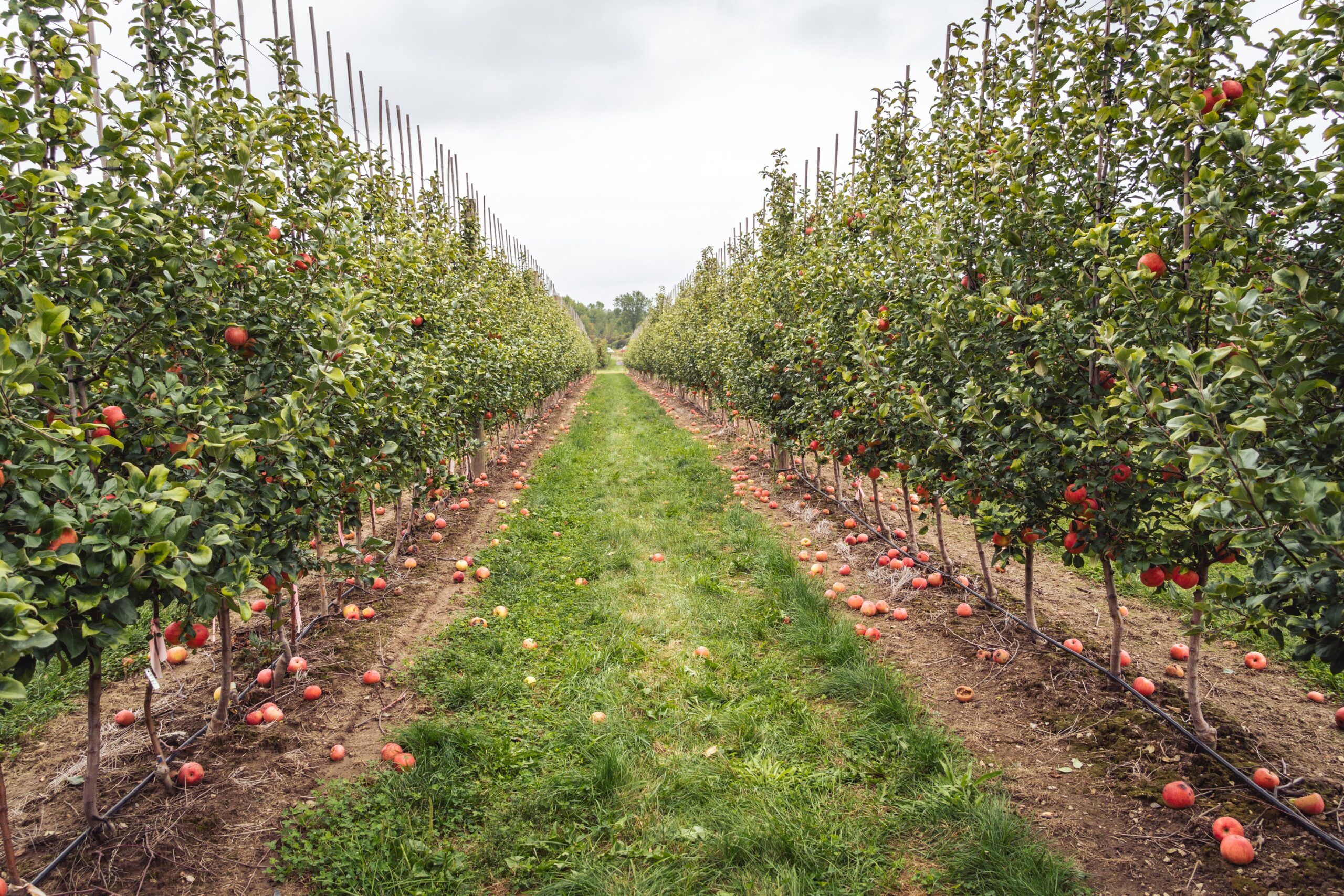
Quantifying 3D vegetative growth and light environment for orchard trees with terrestrial lidar and computational modeling
In orchard plantation systems, vegetative growth is a critical plant ecophysiological process that regulates tree architecture, carbon sequestration, and production of tree crops. Tree carbon allocation and growth patterns are determined by both genetic differences and tissue-level micro-environment. However, accurate and cost-effective quantification of tree vegetative growth has been challenging, especially at fine spatial scales (e.g. branch-level). In this project, we propose to use portable terrestrial laser scanning (TLS) to track fine-scale 3D changes in leaf area and woody volume for several cultivars of apple trees. The project will generate public and accessible workflow and software to quantify 3D tree architecture and vegetative growth and enhance our quantitative and predictive understanding of plant carbon allocation, which can guide sustainable management (e.g., pruning and optimizing carbon sequestration) for tree plantations and forests.
Xiangtao Xu (CALS); Steven Marschner (CIS)
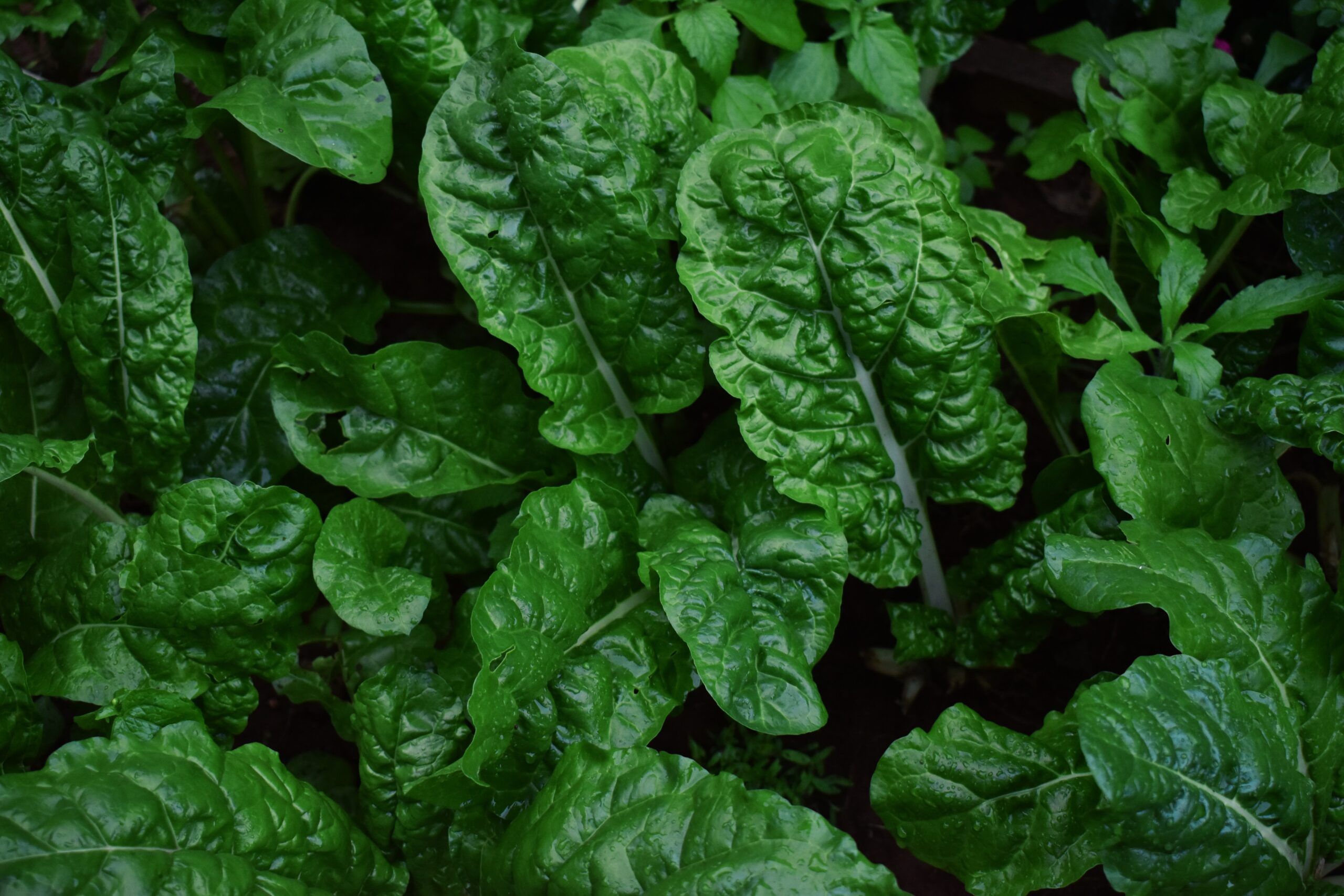
In silico prediction of spoilage phenotypes using metagenomics approaches
Models are an effective tool to assess microbiological spoilage in food systems. Accurate identification and phenotypic characterization of spoilage bacteria can aid in the construction of these models. This project focuses on the development of an in silico method to predict spoilage phenotypes based on allelic types (ATs) allowing for quick identification of bacterial characteristics that influence spoilage. A database built from collected data from spinach and milk will allow for rapid assessment of spoilage phenotypes in food products using targeted sequencing methods.
Syria Sunil (GR- CALS), Primary Advisor: M. Wiedmann (CALS), Secondary Advisor: Renata Ivanek (CVM)

Accelerating the Application and Adoption of Remote Sensing Decision Support in Northeastern Viticulture
Current plant disease detection frameworks are inefficient and inaccurate because they primarily rely on human detection via scouting – the process of physically visiting a field and looking for disease. By the time disease is discovered, the period of time when management intervention would be most effective has long passed. My research with the Gold lab combines remote sensing, high resolution satellite imagery, with environmental data to optimize disease detection in vineyards. Throughout the course of our project, I will design a novel disease prediction scheme that combines DMCast, an existing disease risk model, with spectroscopic imagery within a deep learning architecture. Once trained on historical data, this model can be integrated into computer vision techniques that extract insights from satellite imagery, creating a powerful framework for the future of vineyard disease management.
Somil Aggarwal (UG-COE), Primary Advisor: Katie Gold (CALS), Secondary Advisor: David Shmoys (CIS)

Accelerated and automated stress diagnostics in apple orchards
Apple orchards suffer from large numbers of diseases that can incur serious damage to trees, fruits, and the industry. Effective disease control methods rely on accurate, early diagnostics to implement successful and environmentally-sound management. As disease symptoms vary widely due to age of infected tissues, genetic variations, and light conditions within trees, it is challenging for computer vision models to accurately distinguish between the symptoms of different diseases. Our team of plant pathologists, phenotyping experts and computer vision scientists will develop computer vision models to accurately distinguish between the symptoms of many diseases that can incur serious damage to fruits and fruit trees. We will develop user-friendly apps to enable extension educators and consultants to support growers, and empower them to independently scout their orchards and provide accurate early diagnostics as the basis for successful and environmentally-sound disease management. Based on this work, we aim to lead a global challenge competition in the Fine Grained Visual Classification (FGVC) workshop at the Computer Vision and Pattern Recognition 2020 conference to find novel solutions to major challenges in computer vision.
Awais Khan (CALS), Serge Belongie (CIS), Noah Snavely (CIS)
- ALL
- Computational Modeling
- Data Integration and Processing
- Machine Learning
- Automation and Robotics
- Sensing Technology
- Iot and Networks
- Trustworthy AI
- Plant Breeding
- Crop Production
- Controlled Environment Agriculture
- Soil
- Dairy/Livestock Production
- Aquaculture
- Food Safety
- Animal Health
- International Agriculture
- Communities/Farmers/Relations
Become a Fellow
Stay up to Date
If you have a disability and are having trouble accessing information on this website or need materials in an alternate format, contact [email protected] for assistance.
CIDA Copyright 2023 | CIDA is an equal opportunity employer | Terms of Use | Privacy Policy